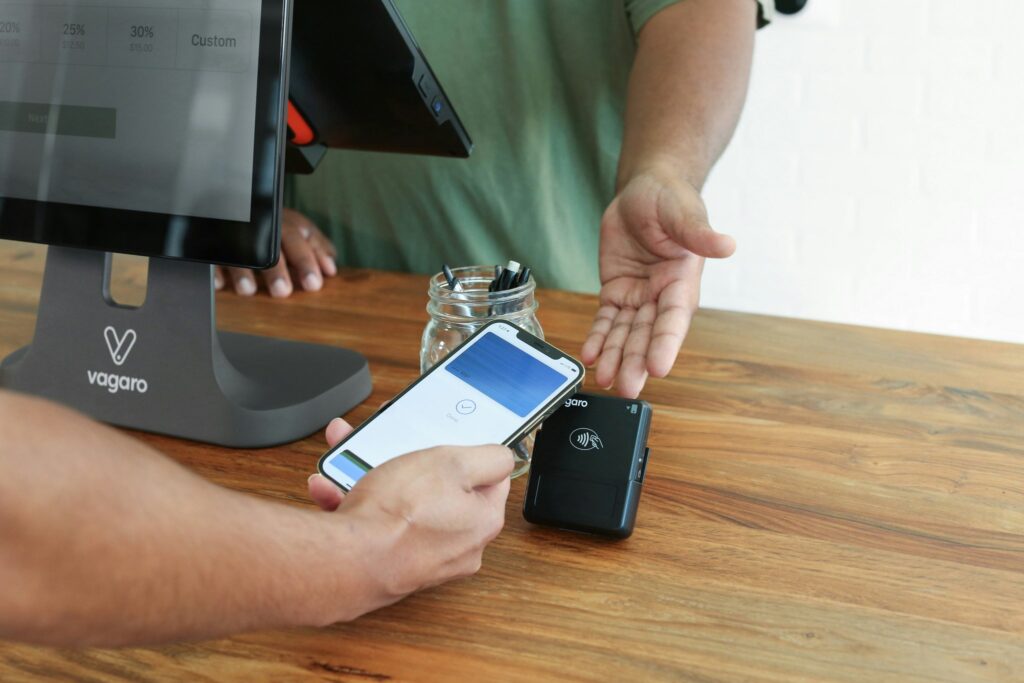Ever wondered why your business phone calls feel like a chaotic game of telephone tag? You’re not alone. Many businesses struggle to track their Service Level Agreements (SLAs) effectively, leading to missed opportunities, lost revenue, and frustrated customers. But what if we told you there’s a way to streamline this mess?
In this guide, we’ll unravel the power of business phone call SLA tracking and show you how it can transform your operations. Buckle up—you’ll learn how to identify pain points, implement actionable steps, and avoid common pitfalls. Oh, and yes, coffee is mandatory.
Table of Contents
- Key Takeaways
- The Problem Without Business Phone Call SLA Tracking
- Step-by-Step Guide to Implement SLA Tracking
- Pro Tips & Best Practices
- Real-Life Examples of Success
- Frequently Asked Questions About SLA Tracking
- Conclusion
Key Takeaways
- Without proper business phone call SLA tracking, your team risks losing accountability and efficiency.
- A robust SLA system ensures faster response times and improved customer satisfaction.
- You don’t need to be an IT genius to set up SLA tracking—it’s all about choosing the right tools.
- Troubleshooting weak links in your process starts with understanding where things break down most often.
The Problem Without Business Phone Call SLA Tracking
Let me paint a picture: Imagine your sales team promises a callback within two hours, but someone drops the ball—and no one notices until the next morning. Sound familiar? That’s exactly what happens when you ignore business phone call SLA tracking. It’s chaos wrapped in frustration, tied with a bow of lost trust.
I once worked with a company that had *zero* visibility into its call performance metrics. Their “solution”? Shouting across cubicles to ask who forgot to follow up. Spoiler alert: This didn’t work well. Not only was productivity plummeting, but so were profits.
This lack of structure costs businesses big time—both financially and reputationally. A staggering 67% of customers say they’ve hung up because they couldn’t reach a live person. If you’re failing at SLA compliance, you might as well hand over your competitors’ business cards instead.

“Optimist You:” “Hey, it’s fixable!”
“Grumpy You:” “Yeah, yeah—only after I finish my third cup of espresso.”
Step-by-Step Guide to Implement SLA Tracking
Enough doom and gloom. Let’s dive into how you can master business phone call SLA tracking without pulling your hair out.
Step 1: Define Your SLAs
First things first, know what you’re aiming for. Are you promising five-minute callbacks for urgent issues? Two-hour responses for general inquiries? Write these expectations down—clearly. Think of this step like setting GPS coordinates; without them, even Siri gets lost.
Step 2: Select the Right Tools
Lucky for us, tech has come a long way. Tools like Zendesk, HubSpot, or Five9 integrate seamlessly with your existing systems, providing real-time data on call performance. Look for options customizable enough to fit your unique needs.
Step 3: Set Up Alerts and Reports
No one wants to babysit dashboards all day. Instead, automate alerts for breaches and generate weekly reports to spot trends. Pro tip: Color-code these reports like a traffic light—green for good, yellow for caution, red for disaster.
Step 4: Train Your Team
Even the best system fails if your team doesn’t understand it. Host workshops, create cheat sheets, and role-play scenarios to ensure everyone knows their part in maintaining SLA compliance.
Pro Tips & Best Practices
- Monitor Consistently: Don’t just review reports quarterly. Check daily or weekly to catch small problems before they snowball.
- Communicate Clearly: Ensure every department understands the importance of SLAs. Marketing should reinforce timelines, while customer support executes them.
- Be Flexible: Not every issue fits neatly into predefined categories. Build some wiggle room for edge cases.
- (Terrible Tip Ahead!) DON’T Micromanage EVERYTHING: While oversight matters, hovering over every detail will burn out your team faster than Comic Sans burns designers. Trust the process.
Real-Life Examples of Success
Take Company X, for instance. By integrating SLA tracking software, they reduced average hold times from 10 minutes to under 2 minutes—a whopping 80% improvement! They also saw a 30% increase in repeat clients thanks to consistent reliability.

Or consider Sarah, a manager whose stress levels dropped significantly after adopting automated alerts. “It feels like finally having airbags in a car,” she said. “Now, I don’t dread crashes anymore—I’m prepared.”
Frequently Asked Questions About SLA Tracking
What Exactly Is Business Phone Call SLA Tracking?
Good question! SLA stands for Service Level Agreement. In this case, it tracks whether your business meets promised standards for handling incoming calls efficiently.
Can Small Businesses Afford These Systems?
Absolutely! Many affordable platforms cater specifically to SMBs, ensuring scalability without breaking the bank.
What Happens If We Ignore SLAs?
Cue dramatic music… Customers leave, teams lose morale, and profits tank. Need I say more?
Conclusion
To sum it up, mastering business phone call SLA tracking isn’t optional—it’s essential. From defining clear goals to training your squad, each step builds toward greater efficiency and happier customers. Remember, though: Balance strict adherence with flexibility to adapt to real-world challenges.
Oh, and here’s your bonus haiku:
Calls answered on time,
Customers smile, profits grow.
Peace returns to life.

